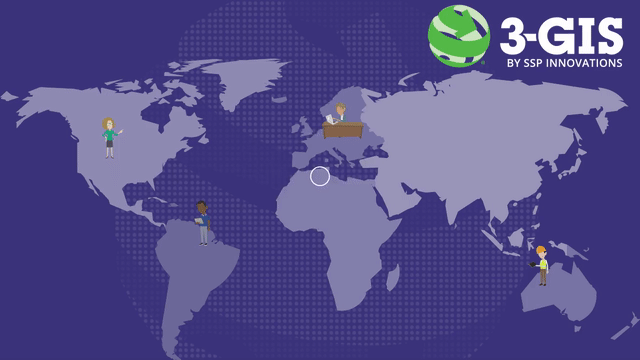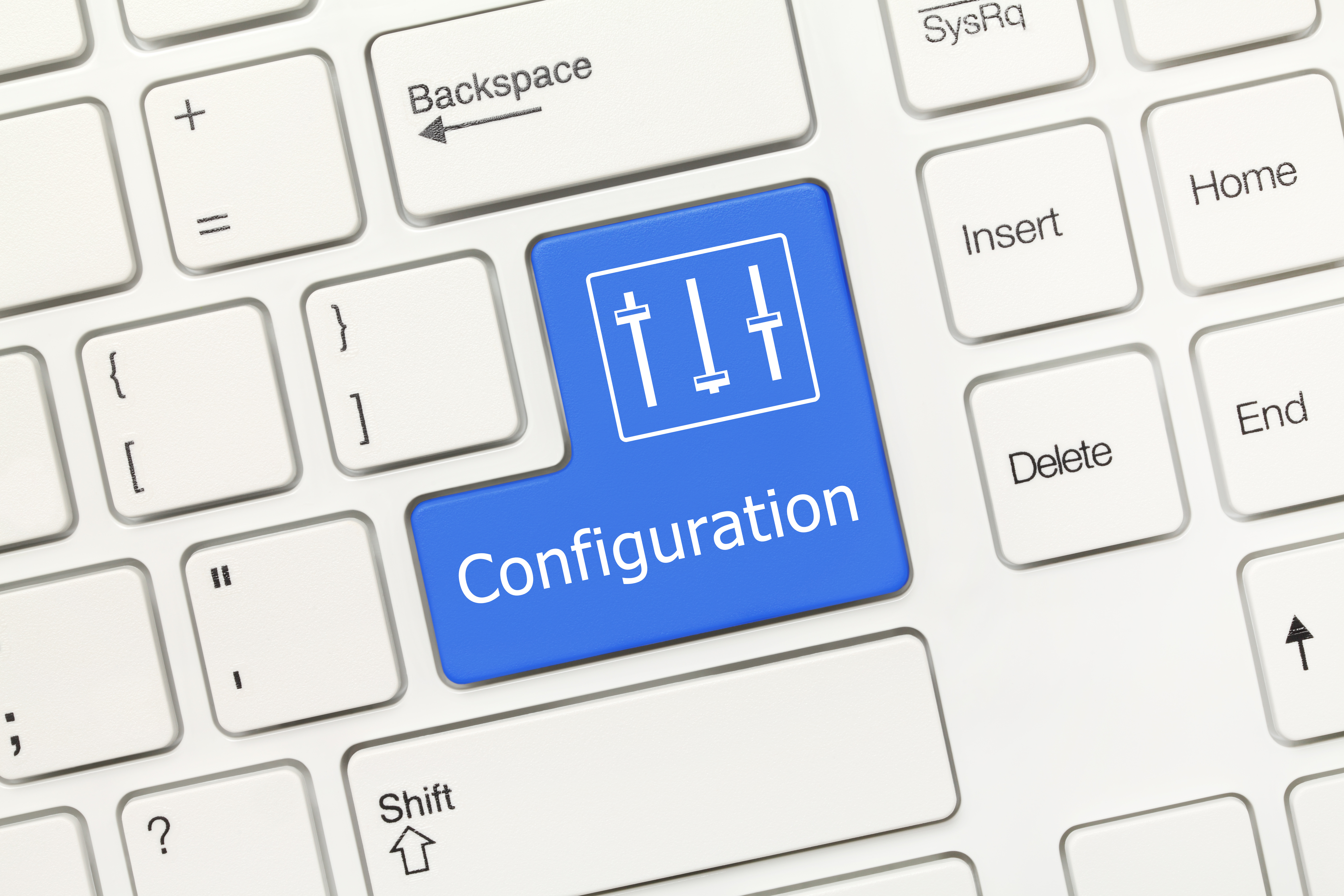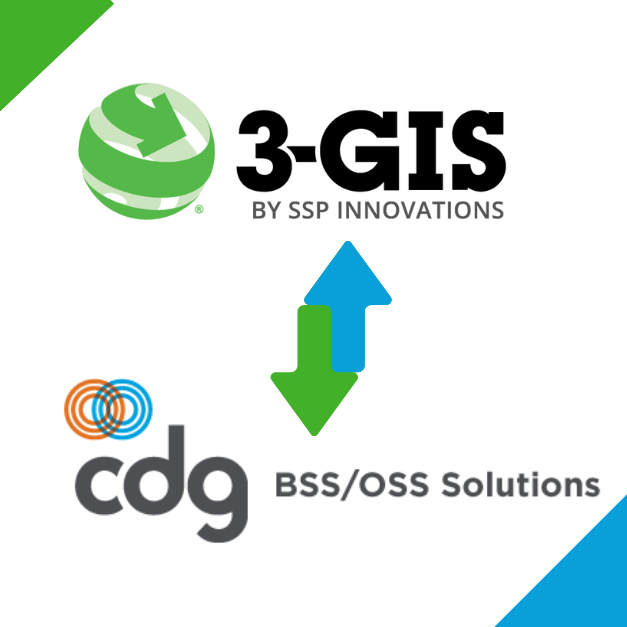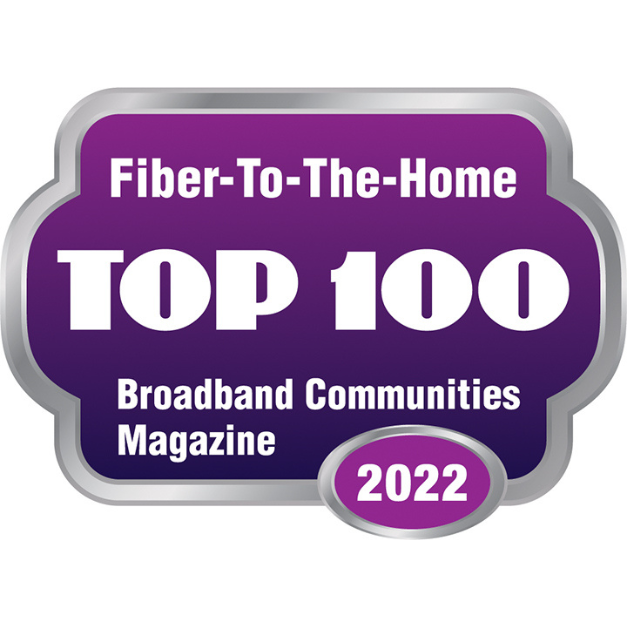- Esri
Interactive storytelling through Esri’s ArcGIS StoryMaps
Creating content that stands out online can be tough, especially as digital content continues to grow as the medium of choice. Choosing topics that resonate with the audience may be able to catch their attention, but telling a story that engages and holds their attention presents another challenge. In response, several companies have put increased effort into creating interactive content–such as having viewers choose which version of an ad they view–while others have developed ways to allow for easier delivery of captivating content. One company you may be surprised to learn has supplied a platform for interactive storytelling is Esri.
Esri’s ArcGIS StoryMaps allow authors to create an immersive experience for the audience, using various forms of media and spatial data to enhance the narrative. Built in guides help ensure stories can be easily ingested by users whether on a desktop or mobile device, and publishing updates is seamless with no downtime involved.





